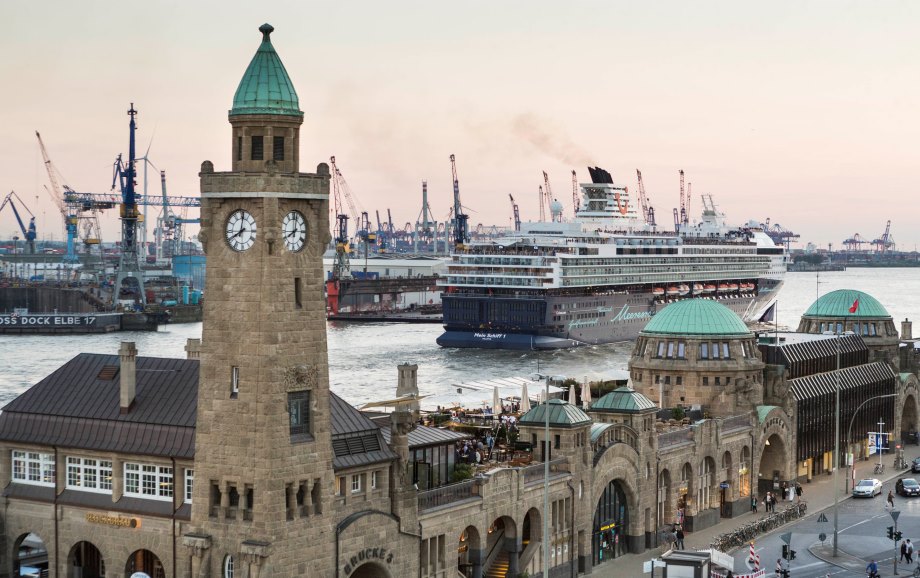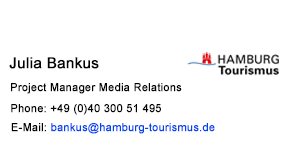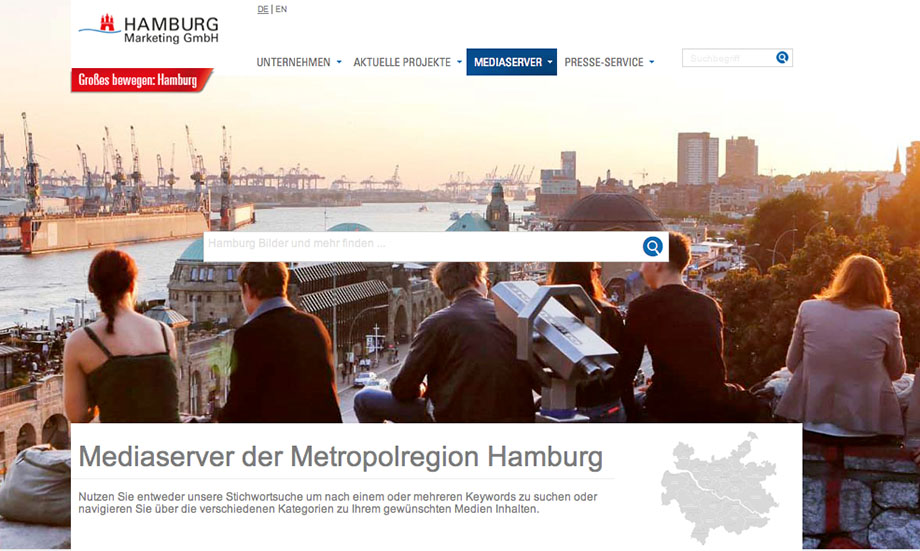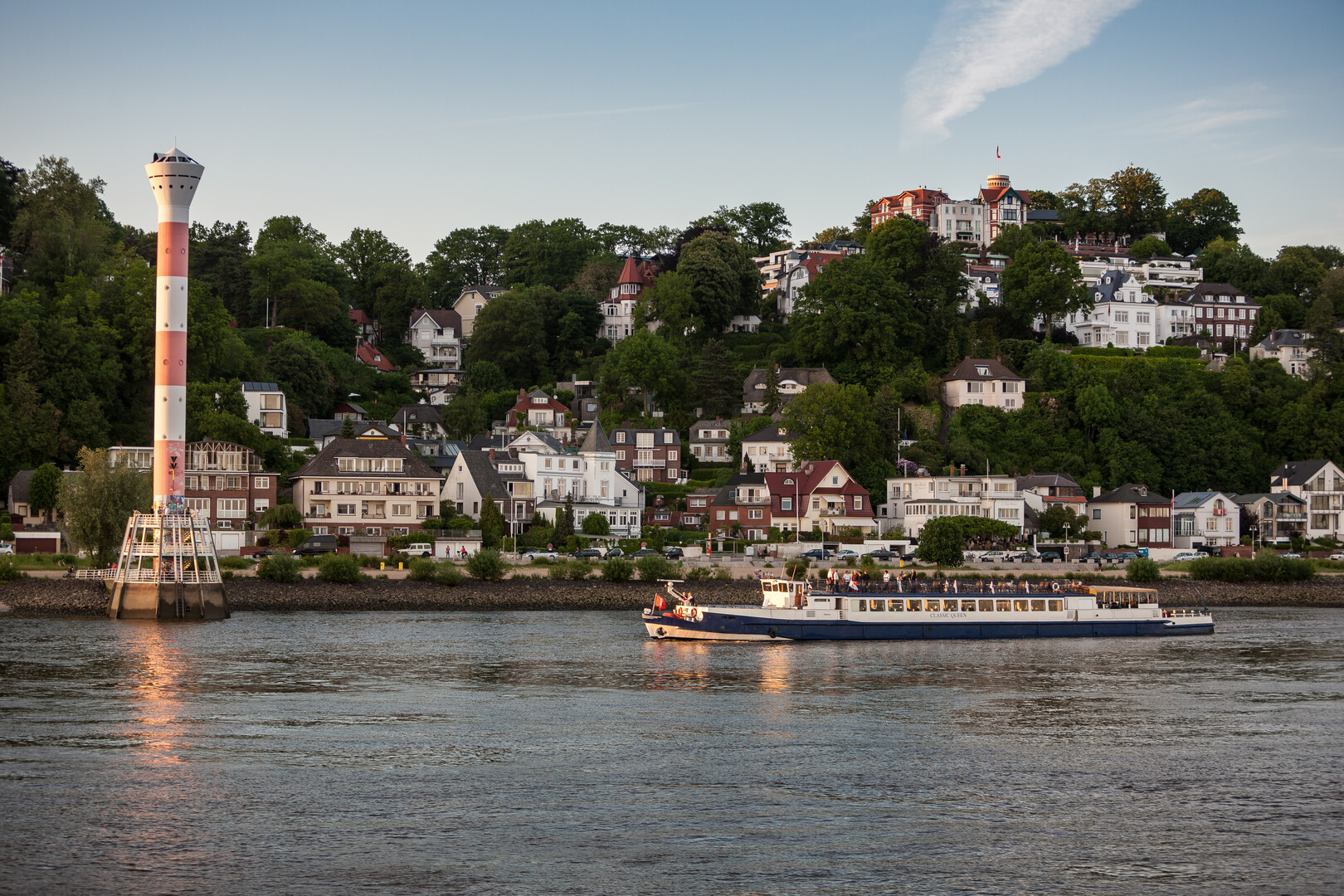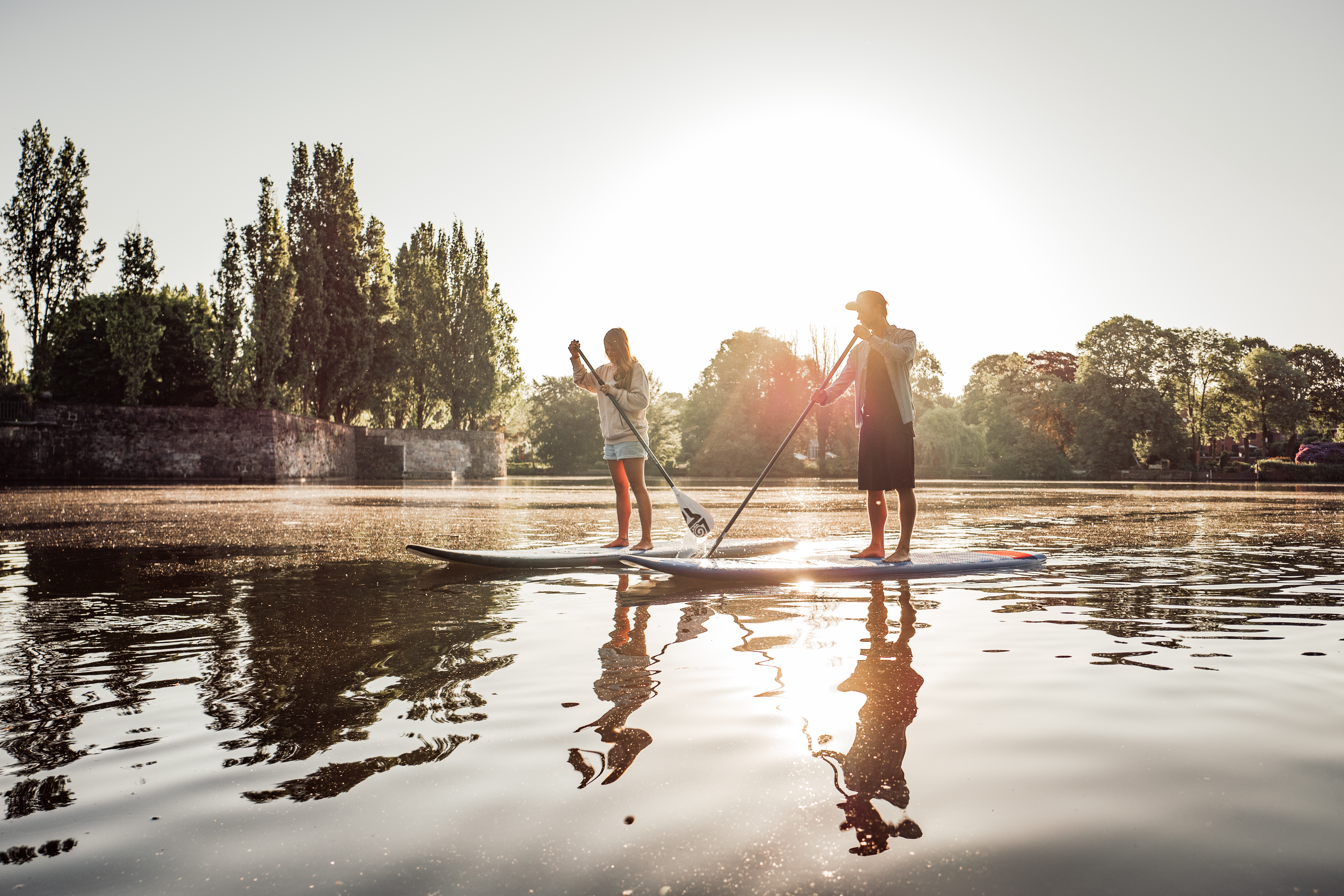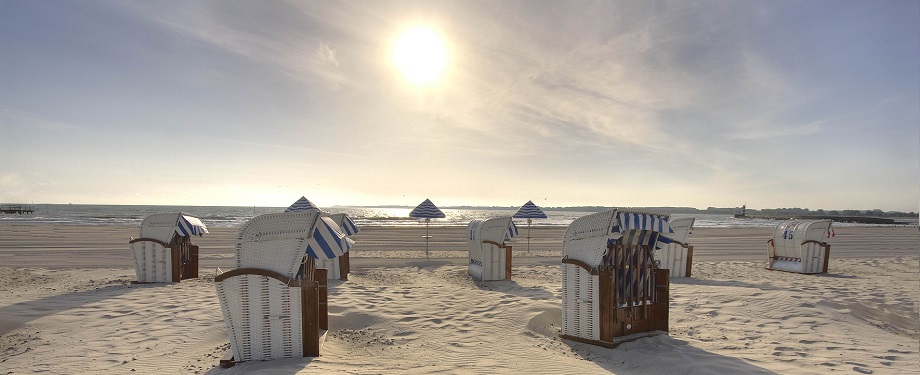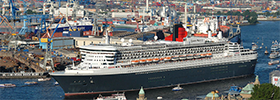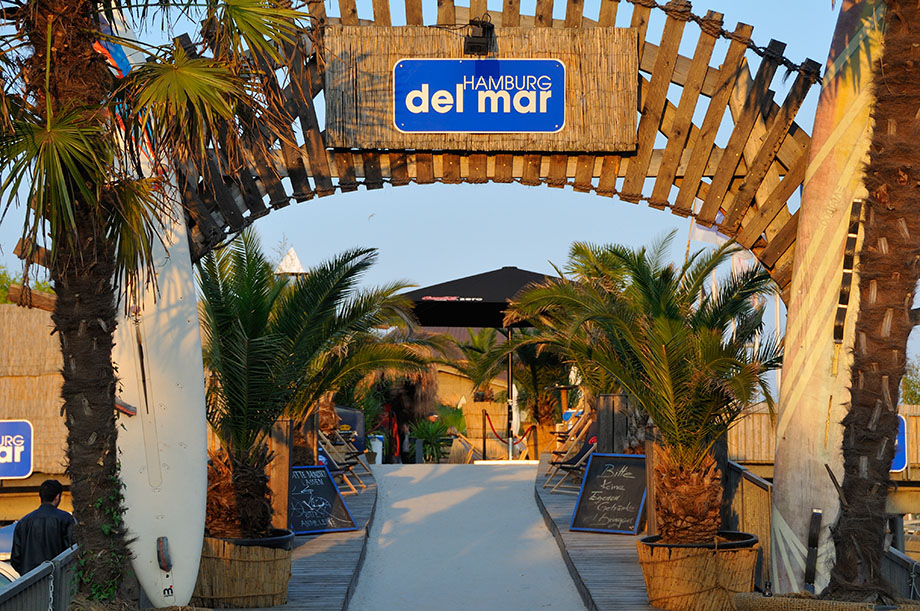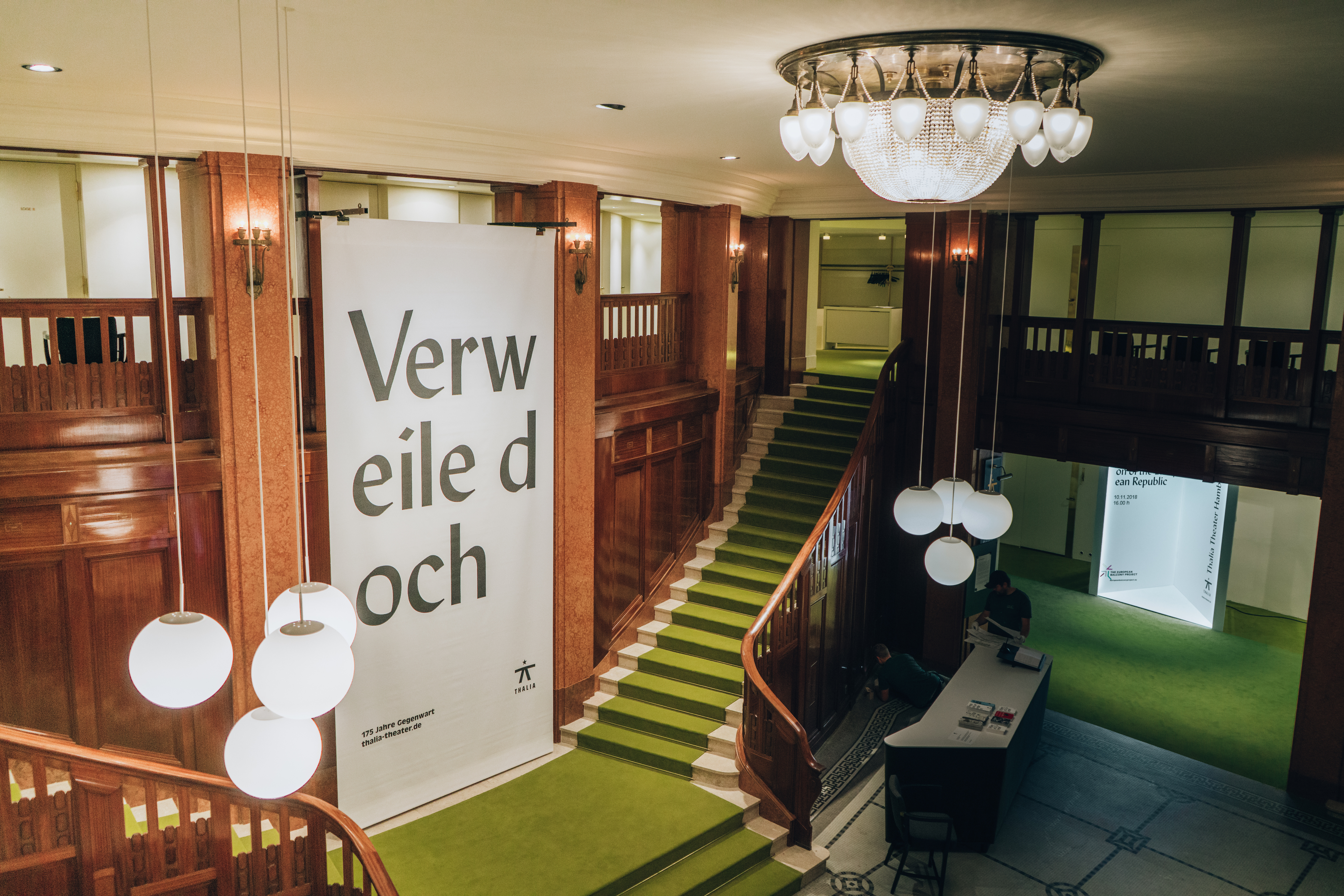Hamburg – the Waterside Metropolis
Two rivers characterize Hamburg, one arouses longing, the other is home: the Elbe, with its sleepless harbour, is the city's lifeline; the Alster, dammed to form a lake, forms the heart of the metropolis. They are somewhat in competition for the favor of the citizens: "Alster or Elbe?" is a kind of question of faith - and every Hamburger has an answer ready.
Alster or Elbe, a contrast between business location and place of recreation: the rough Elbe shows the industrial and economic side of Hamburg - thanks to the tireless port and the hustle and bustle of the heavy barges, tugs and harbor ferries. The Port of Hamburg is not called the "Gateway to the World" for nothing - gigantic container ships from all over the world or returning cruise ships from Scandinavia regularly pull up to the city. At night, the lights of the port cranes twinkle in the harbor, the dull hum of the cranes providing the soundtrack to the city.
While the Elbe never lets the port come to rest, the Alster in the heart of Hamburg gives the city an idyllic center. Quiet and beautiful, the small Inner Alster, lined with its promenades, opens up a wide view of Hamburg's most magnificent office buildings and star hotels, while the larger Outer Alster, with its adjoining villa districts, promenades and tree-lined parks, invites you to take a stroll or go sailing. As a local recreation area, the Alster is also one of the city's most popular jogging routes.
But as great as the contrast may seem, there are also quieter districts along the Elbe that invite you to take a stroll, such as the Blankenese district, Hamburg's most expensive residential area, with its beautiful staircase district directly on the banks of the Elbe. And the Alster is also anything but quiet in summer, as there are pubs along the banks, such as the popular Alsterperle, where the whole city meets on nice summer days - all walks of life, of all ages - to have a drink, talk and enjoy the view. Apart from that, there is perhaps even a little more traffic on the water here in summer than on the Elbe, with all the sailors, rowers and stand-up paddlers.

